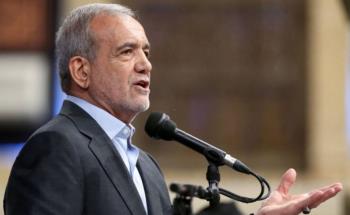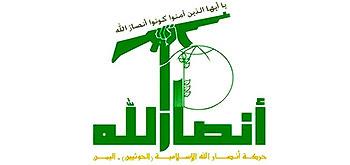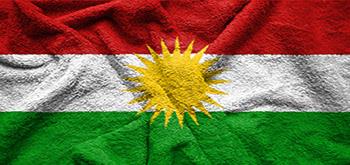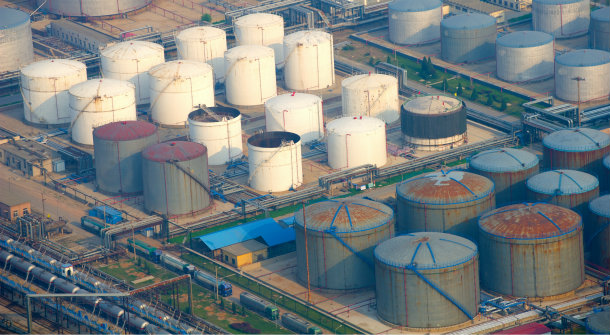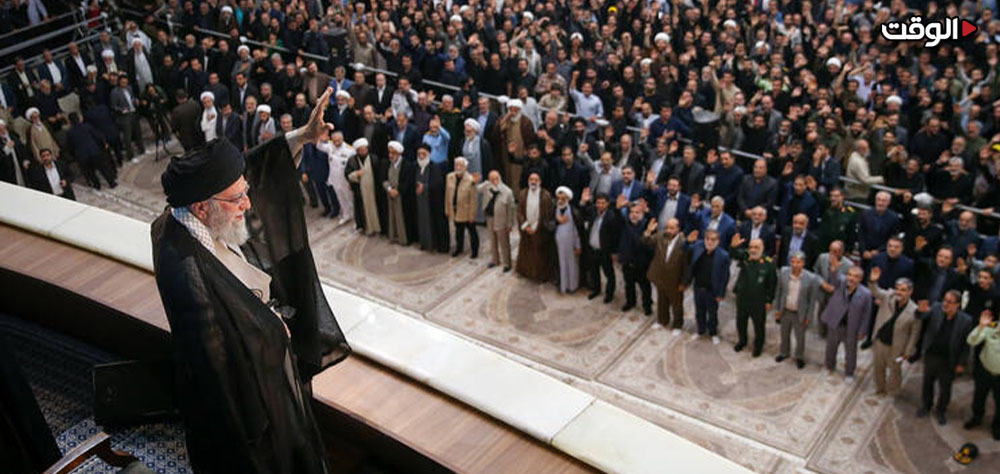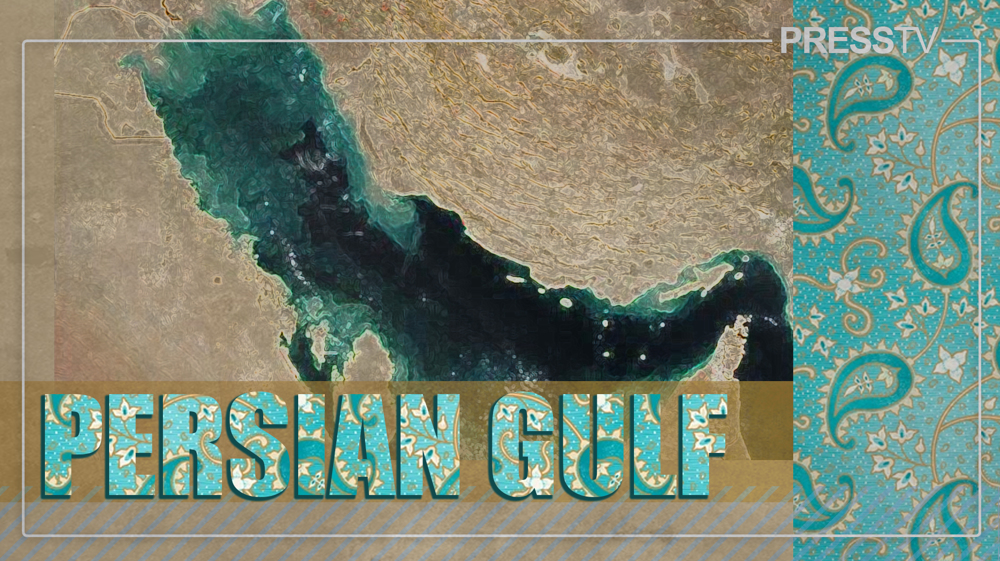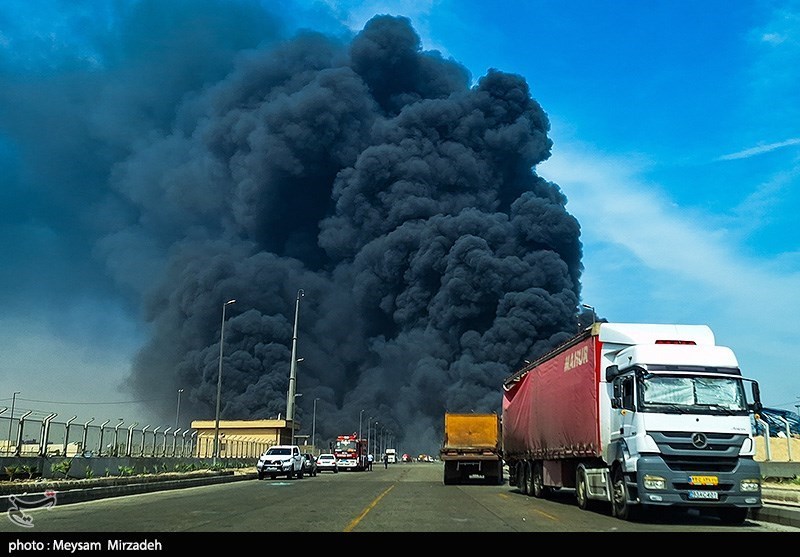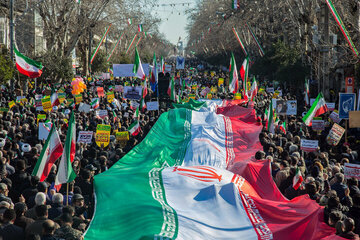Alwaght- The US is set to sell part of its Strategic Petroleum Reserve in January 2017 despite the OPEC deal to cut output.
The US Department of Energy’s (DOE) Office of Fossil Energy announced on Tuesday that they will commence a sale of crude oil from the Strategic Petroleum Reserve (SPR) as early as January 2017.
The statement came after Organization of the Petroleum Exporting Countries (OPEC) held a meeting on December 10 with non-OPEC countries in Vienna, where non-OPEC countries decided to cut oil output by 558,000 barrels a day.
OPEC agreed to reduce its supplies by 1.2 million barrels a day, while 11 non-members including Russia and Kazakhstan pledged to curb output by almost 600,000 a day. That was the first time in eight years that the group had agreed to reduce output.
Negative Impact on Oil Prices Recovery
New York-based tanker and energy consultancy Poten & Partners said on Thursday that, “if all planned sales go ahead, the US SPR could be reduced by some 190 million barrels between 2017 and 2025.” The current inventory is around 695 million barrels.
Although volumes were small, the “US government is adding oil to the market at the same time that OPEC is trying to remove it,” Poten said.
Before this latest decision, US media outlets tried to paint a gloomy picture of OPEC efforts to reach an agreement on output cuts. In mid-December oil prices surged to a 17-month high following the OPEC deal to reduce output in a landmark deal.
The decision by the US to offload its strategic petroleum reserves in the market is bound to hurt the objectives of OPEC members who expected a substantial increase in prices. The International Energy Agency is predicting that oil prices in 2017 will stabilize at $60.
Shawn Driscoll, portfolio manager at the T. Rowe Price New Era fund says that he sees oil at below US$50 at the end of 2017, and a “dip below $40 a barrel” at some point in 2018. Meanwhile analysts believe the price will need to stay above $50 a barrel to attract sustained investment back into the oil sector especially in the US.
Saudi Budget Deficit
Falling oil prices have left many OPEC member states with budgets that simply won't balance. Saudi Arabia, a high producer among OPEC 12 member countries, needs oil at $106 a barrel in order to break even. Oil has been around $45 a barrel, and futures contracts don't put it much higher over the next few years. Therefore the US move to sell its Strategic Petroleum Reserve is bound to negatively impact on its major West Asia region ally, Saudi Arabia.
On Friday Saudi officials presented the most detailed budget in the country's history with critics casting doubt on the credibility of figures and pointing out that the kingdom’s efforts to balance its budget over the next four years still rely on rising oil prices.
US suppresses oil pipeline protests
The US is planning to sell some of its strategic petroleum reserves amid clashes between security forces and protesters opposing the construction of a 1,200-mile oil pipeline in North Dakota. Protesters opposing the construction of the $3.7 billion Dakota Access Pipeline say it will contaminate water resources and violate sacred tribal territory.
The pipeline is expected to transport up to 570,000 barrels per day of domestically-produced light crude oil from North Dakota through South Dakota and Iowa into Illinois
The Standing Rock Sioux Tribe led the opposition, insisting that the controversial pipeline infringed on sacred land including burial sites and vital drinking water resources such as the Missouri River.
On November 20, approximately 300 protesters were injured as they were attacked by US security forces while protesting the building of the pipeline.
The American Civil Liberties Union (ACLU) called on the Justice Department to probe into the militarized response to peaceful demonstrations and UN officials also expressed concerns.


